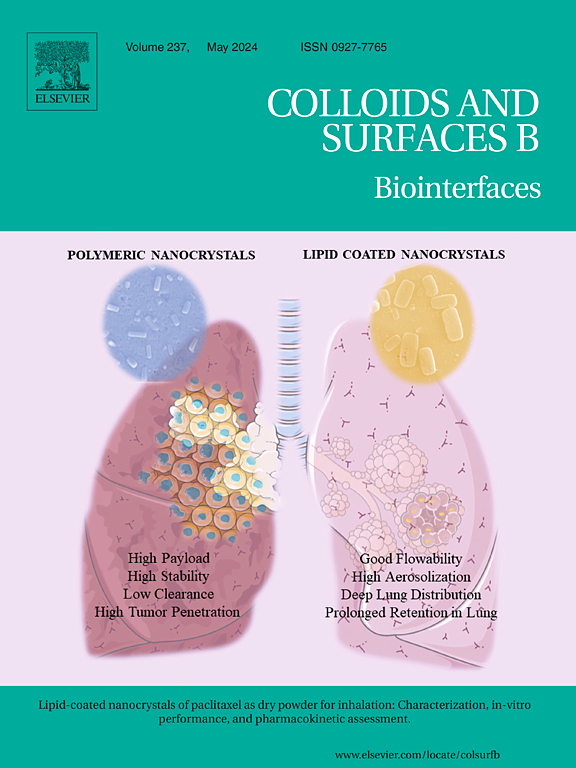Dissolving microneedles: Drug delivery and disease treatment
IF 5.4
2区 医学
Q1 BIOPHYSICS
引用次数: 0
Abstract
Traditional transdermal drug delivery methods are often plagued by technical inefficiencies, limited absorption, and the potential for adverse reactions. In contrast, dissolving microneedles (DMNs) offer a novel approach to transdermal drug delivery by effectively merging the benefits of subcutaneous injection with those of conventional transdermal methods. These microneedles dissolve completely within the body, releasing the encapsulated antigen without leaving any sharp remnants. Furthermore, DMNs overcome the limitations of traditional transdermal patches, which are restricted to delivering only small molecule drugs. By facilitating the efficient transdermal absorption of large molecules, DMNs enable precise and painless disease treatment. With advantages such as effective delivery, safety, controllable administration, DMNs hold significant promise in the fields of disease treatment and drug delivery. This article explores the substrate materials, preparation techniques, characterization methods, and current applications of DMNs. We also discuss the current challenges and obstacles faced by DMNs. Finally, we outline potential future research directions for DMNs, aiming to provide a theoretical reference for researchers involved in their preparation and application.
求助全文
约1分钟内获得全文
求助全文
来源期刊

Colloids and Surfaces B: Biointerfaces
生物-材料科学:生物材料
CiteScore
11.10
自引率
3.40%
发文量
730
审稿时长
42 days
期刊介绍:
Colloids and Surfaces B: Biointerfaces is an international journal devoted to fundamental and applied research on colloid and interfacial phenomena in relation to systems of biological origin, having particular relevance to the medical, pharmaceutical, biotechnological, food and cosmetic fields.
Submissions that: (1) deal solely with biological phenomena and do not describe the physico-chemical or colloid-chemical background and/or mechanism of the phenomena, and (2) deal solely with colloid/interfacial phenomena and do not have appropriate biological content or relevance, are outside the scope of the journal and will not be considered for publication.
The journal publishes regular research papers, reviews, short communications and invited perspective articles, called BioInterface Perspectives. The BioInterface Perspective provide researchers the opportunity to review their own work, as well as provide insight into the work of others that inspired and influenced the author. Regular articles should have a maximum total length of 6,000 words. In addition, a (combined) maximum of 8 normal-sized figures and/or tables is allowed (so for instance 3 tables and 5 figures). For multiple-panel figures each set of two panels equates to one figure. Short communications should not exceed half of the above. It is required to give on the article cover page a short statistical summary of the article listing the total number of words and tables/figures.
 求助内容:
求助内容: 应助结果提醒方式:
应助结果提醒方式:


